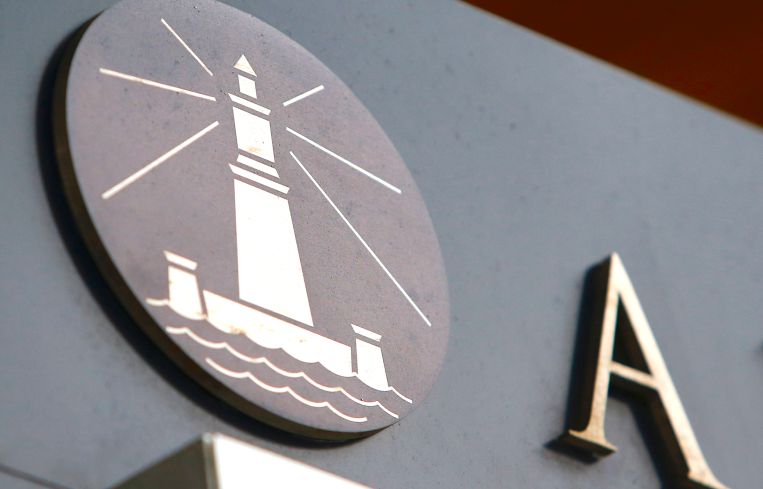Alexandria Sheds $701M in Non-Core Assets in Face of Life Sciences Slowdown
Revenue and income both up 11 percent as the REIT giant stresses comparisons to pre-pandemic performance
By Greg Cornfield July 27, 2023 9:50 am
reprints
In the face of fresh concern about the longer-term investment viability of life sciences space, Alexandria Real Estate Equities reported higher earnings, higher net operating income and major sales of non-core assets for a big cash injection.
The REIT, one of the nation’s largest owners of life sciences space, reported this week $714 million in second-quarter revenues, an 11 percent increase over the same period last year, and funds from operations were at $382 million, more than 15 percent higher than 2022.
The firm also announced it unloaded a chunk of its portfolio that was not integral to its mega-campus strategy for $701 million as part of its “value harvesting” or “asset recycling program.” Additionally, ARE has another $178 million already set to close and $874 million in targeted sales in the second half.
This comes after the Jon Litt-run investment management firm Land & Buildings released a white paper earlier this summer showing that attendance at medical offices is down by 50 percent compared to 2019. The report analyzed attendance across 435 ARE buildings, which was down 50 percent to 60 percent in major markets compared to before the pandemic.
ARE’s CEO Peter Moglia said on an earnings call that the firm recorded an increase in demand for space “ranging from 15 percent to 20 percent in our top three markets, a sign that perhaps investors are seeing the light at the end of the tunnel when it comes to economic uncertainty.”
Jenna Foger, an ARE senior vice president, said in what sounded like a response to Litt’s prognosis that critical aspects of research and development workflows cannot be performed from home.
“The scientific throughput occurring in our spaces at any point in time is not correlated with the volume of people flowing in and out of our buildings and campuses,” Foger said. “As such, a more relevant metric for measuring the utilization of Alexandria’s lab space assets by our tenants is energy consumption. And we have seen consistent same-store electricity consumption across Alexandria’s lab space asset base today as we did in pre-pandemic years.”
ARE executives refer to 2020 through 2022 as the “rocketship” years, in which the company and the life sciences industry saw persistent record-breaking investment and growth. But the firm is now setting those years aside from its benchmarks as it compares current activity, and emphasized that it’s “in line with 2018 and 2019 levels.”
For example, ARE reported 1.3 million square feet in leasing volume in the second quarter of 2023 and 2.6 million square feet in the year’s first half, “in line with pre-COVID leasing volume.”
ARE reported 99.9 percent rent collection, and 93.6 percent occupancy of operating properties in North America, and said occupancy is expected to increase to over 95 percent in the fourth quarter this year. Rental rate growth on lease renewals and re-lease space was up 16.6 percent.
Foger added that there’s been a significant uptick in mergers and acquisitions in life sciences due to capital behind pharmaceutical companies.
“The first half of 2023, M&A deal value has already totaled $97 billion, surpassing total M&A transaction values for full years ’21 and ’22, pumping additional liquidity into the sector,” she said.
ARE announced it expanded its credit facility from $4 billion to $5 billion, and reported $6.3 billion of liquidity and no debt maturities prior to 2025 with almost no floating-rate exposure. ARE serves approximately 800 tenants, including Amgen, Gilead, Vertex and Moderna.
Gregory Cornfield can be reached at gcornfield@commercialobserver.com.



